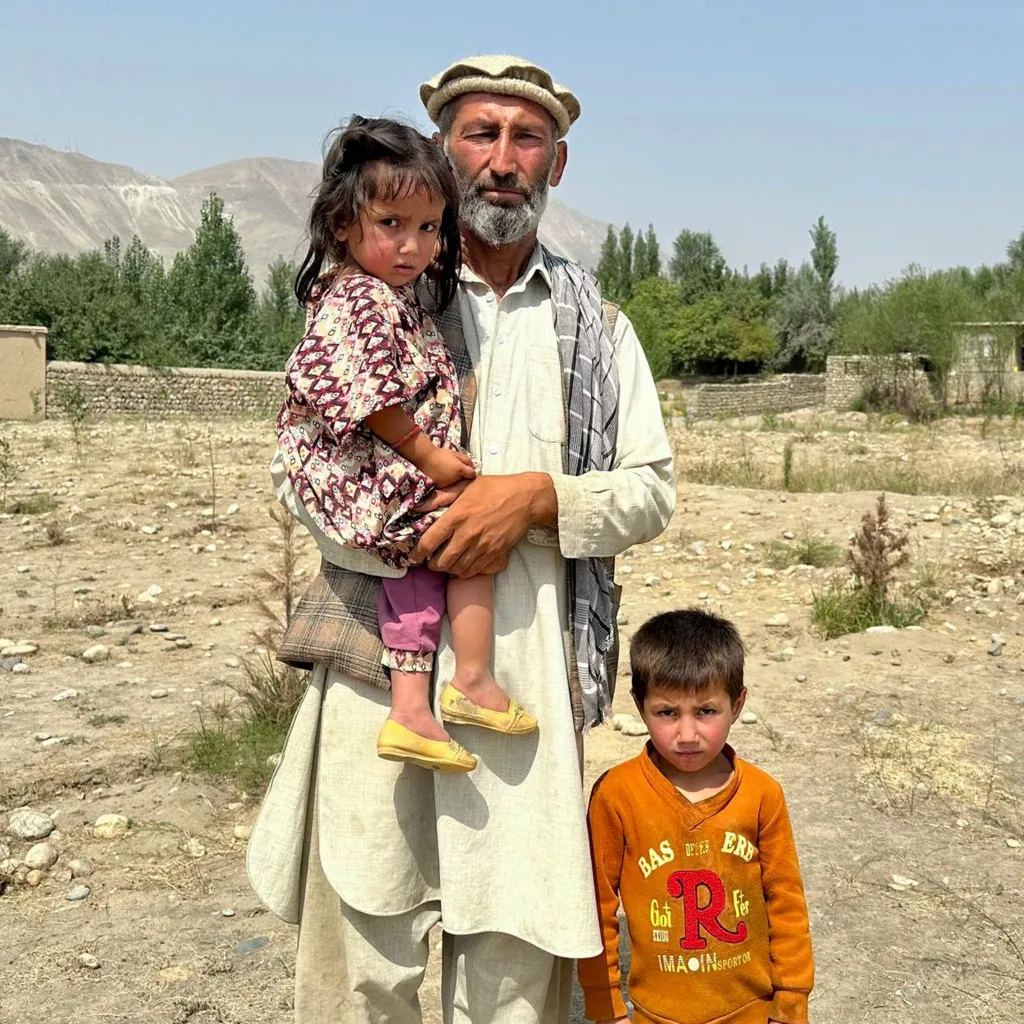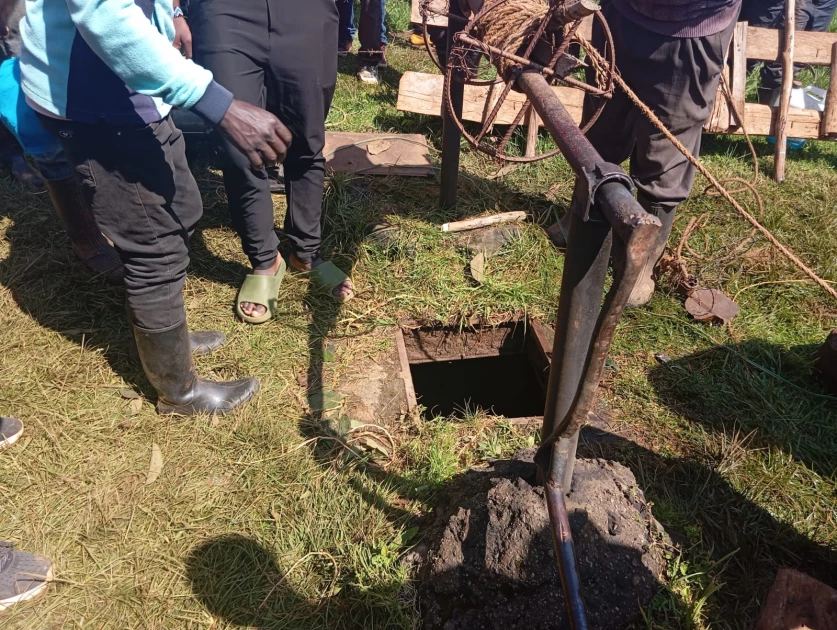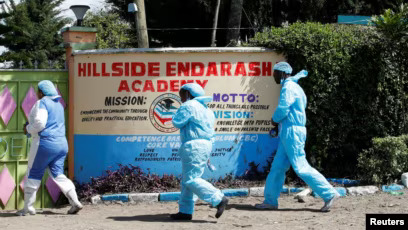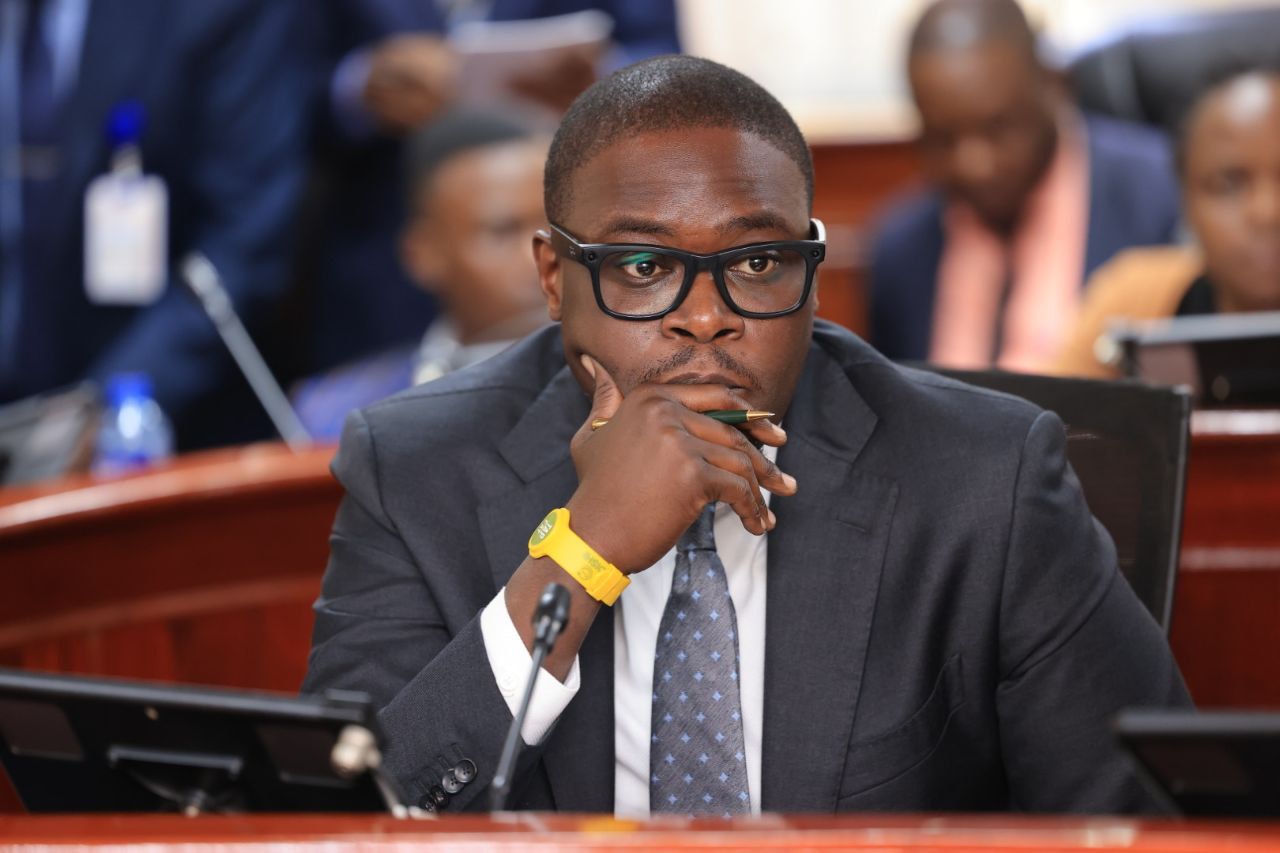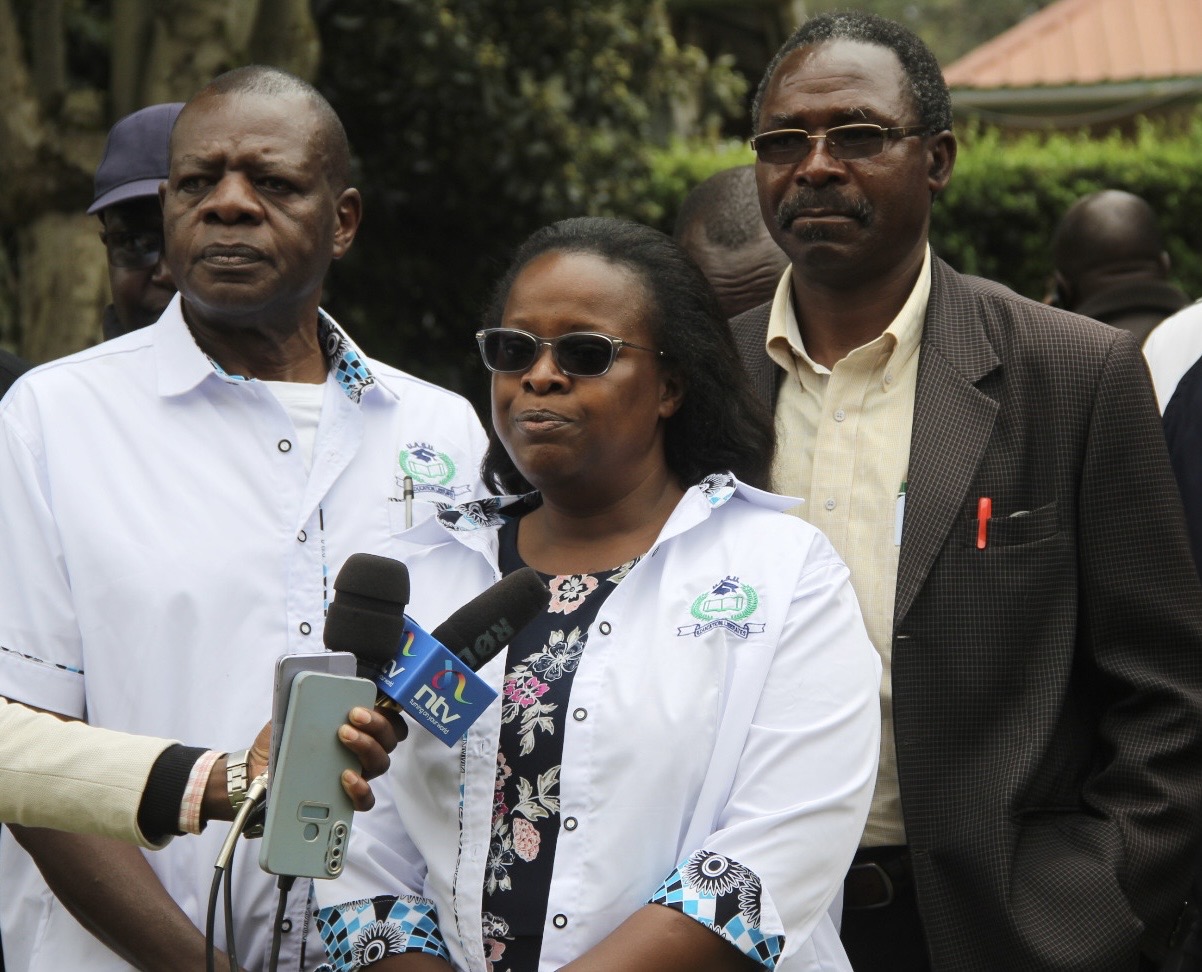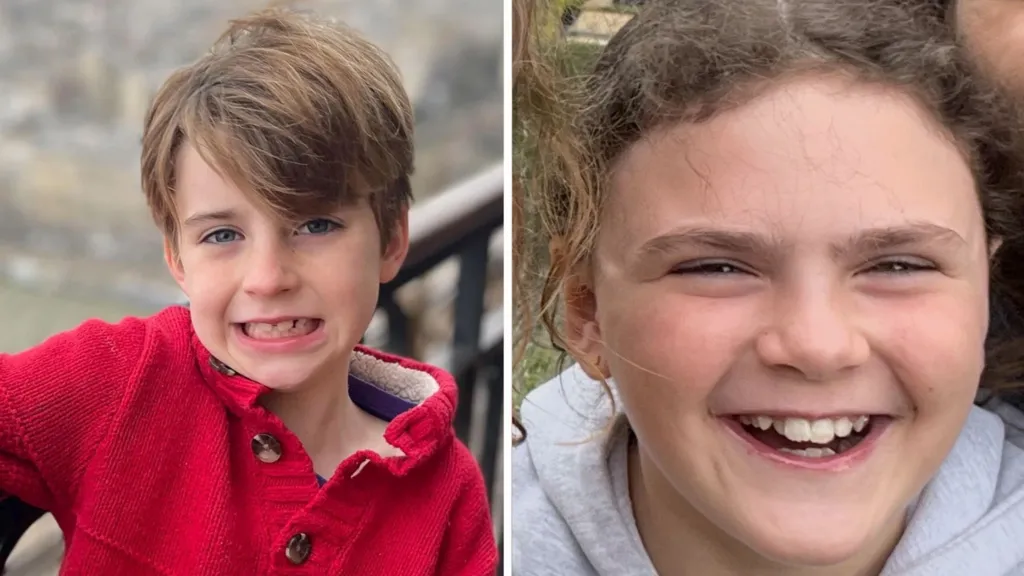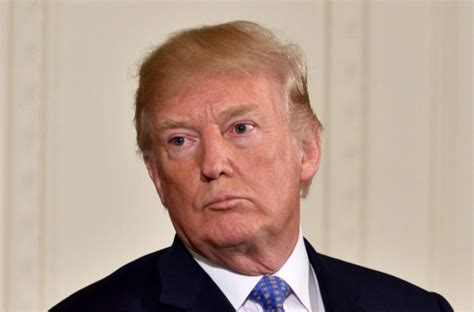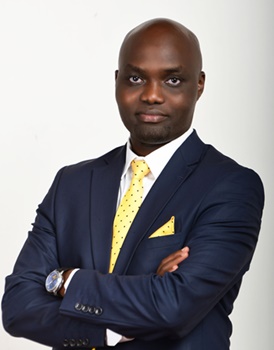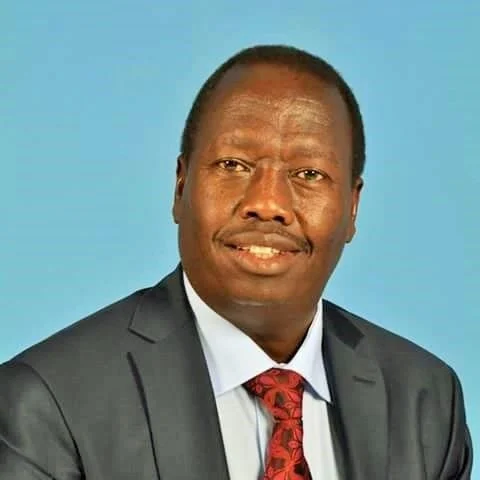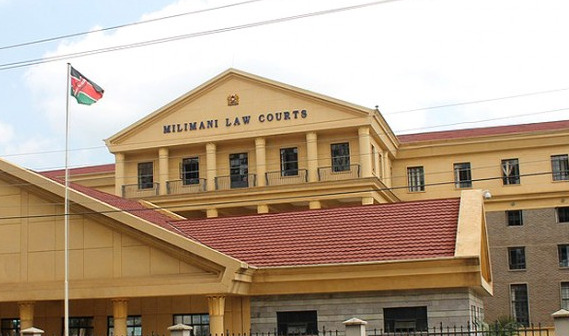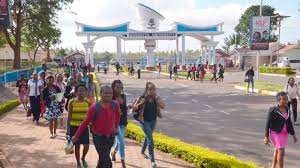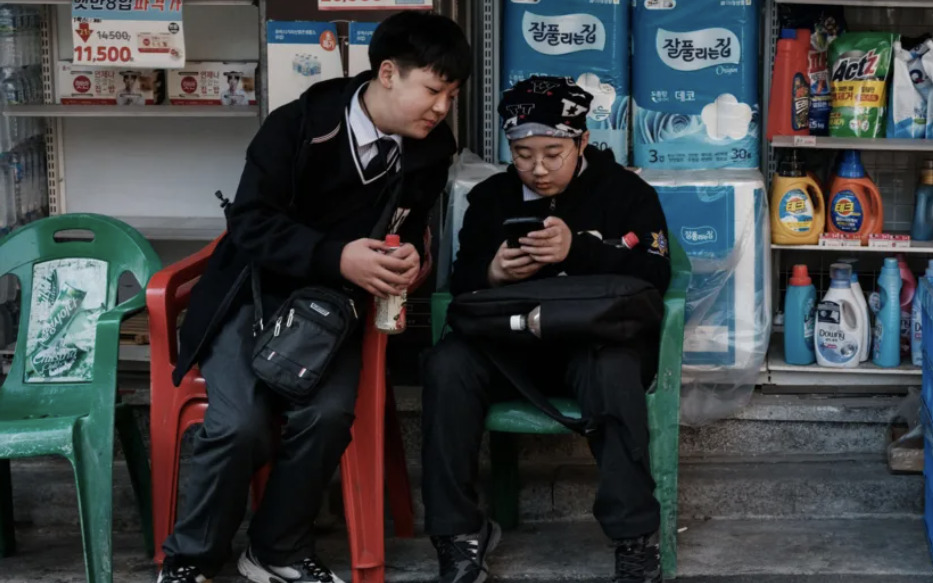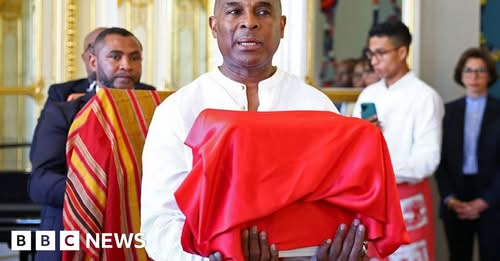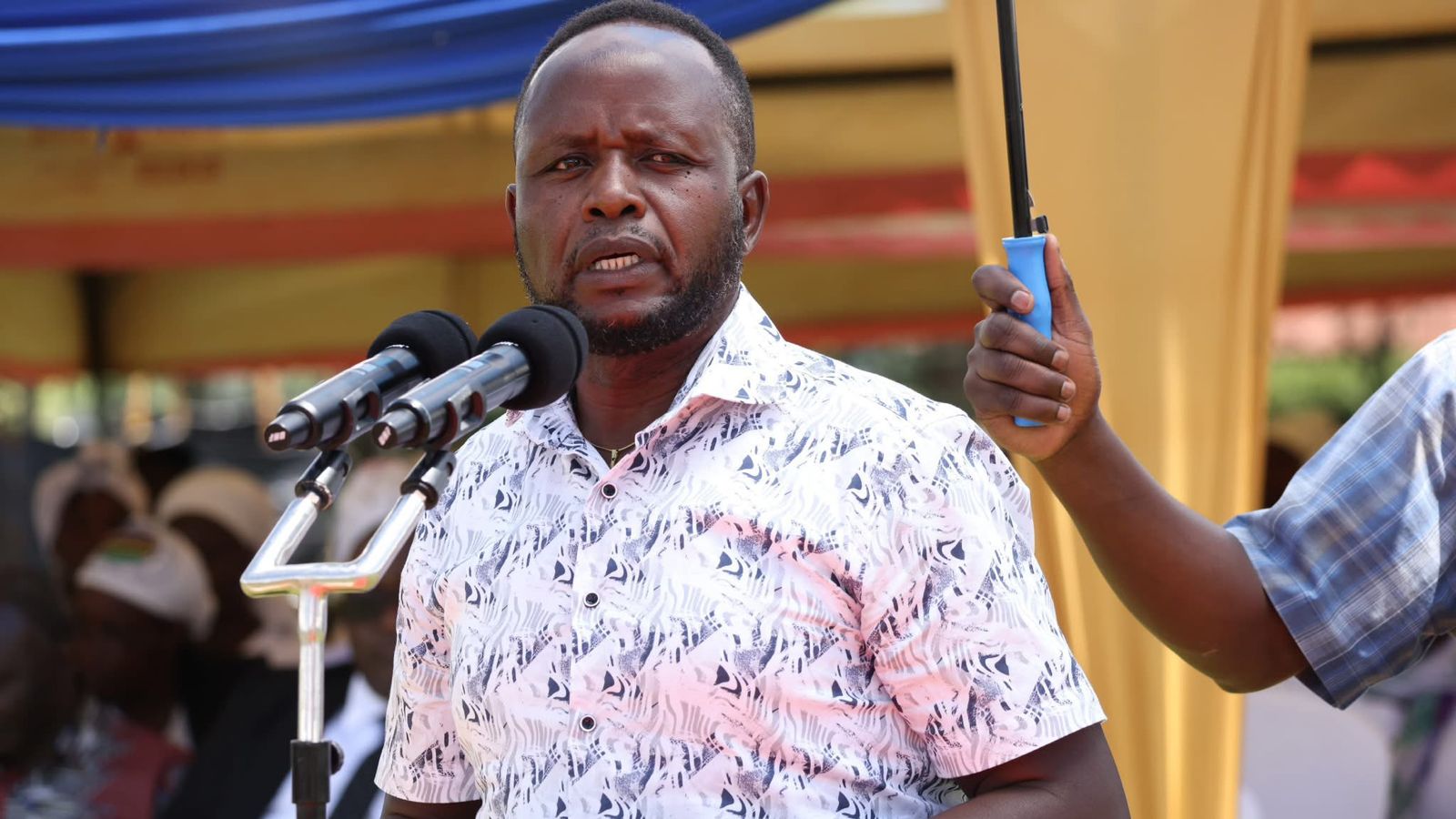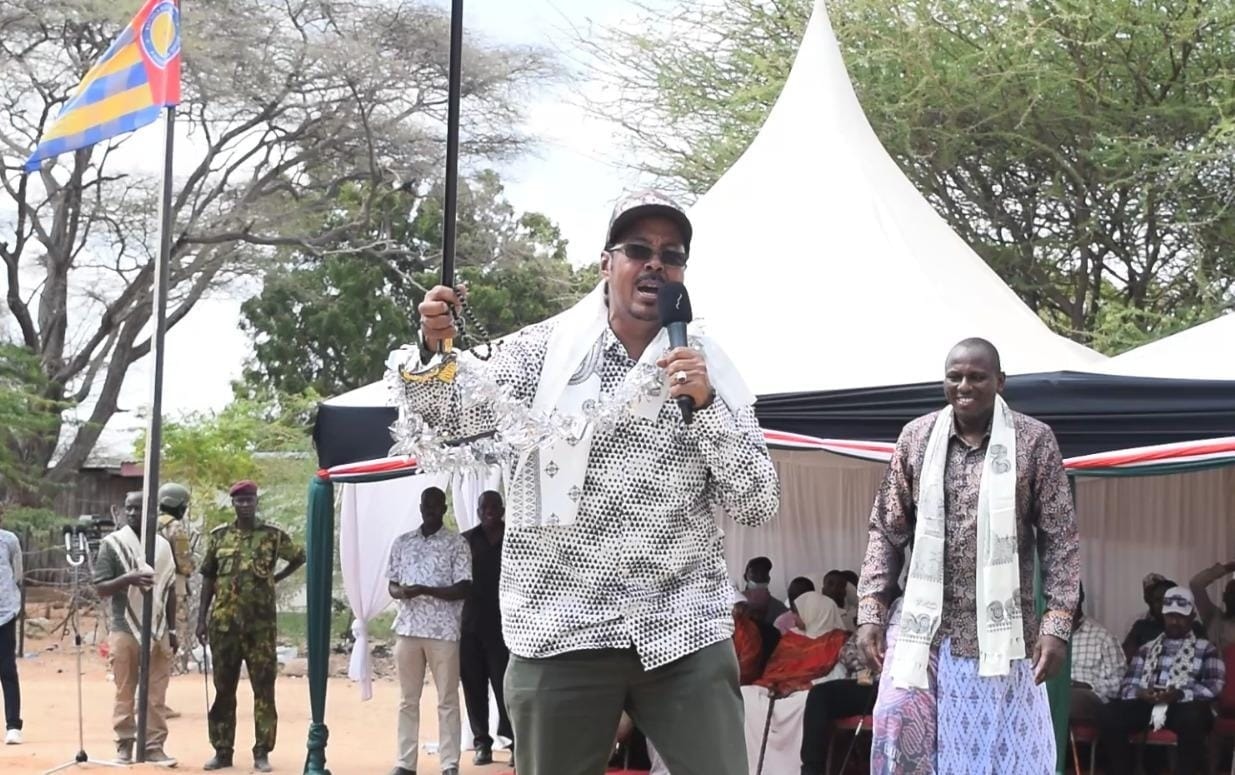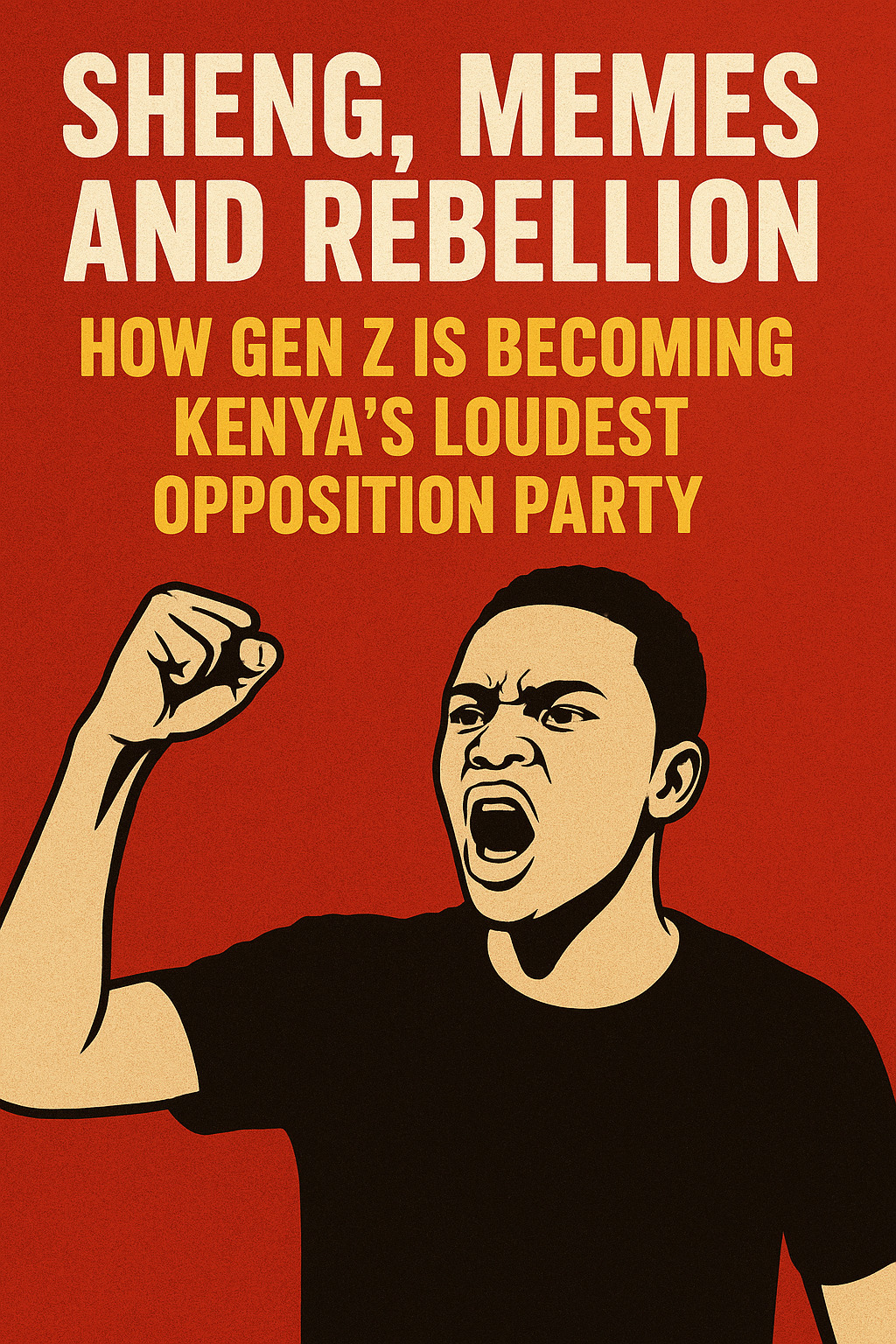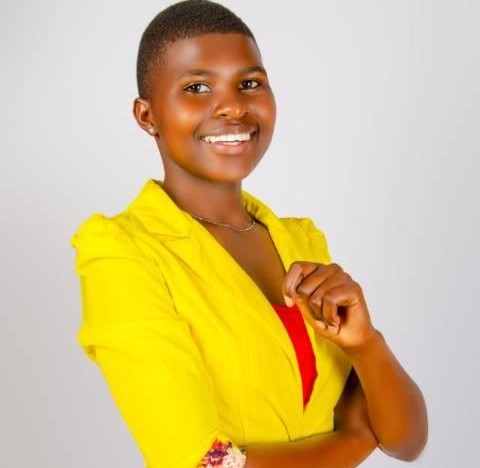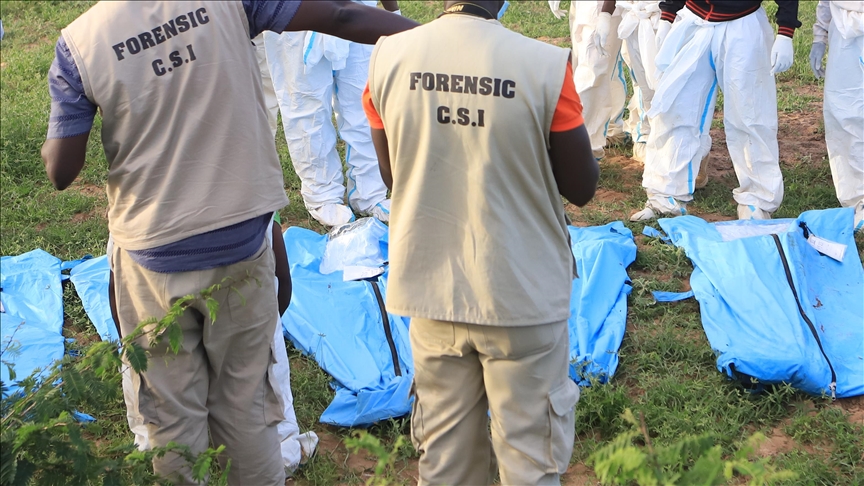When Abdul’s wife, Shahnaz, went into labour, he did what any father and husband would do, he rushed her to the clinic.
The small white building, tucked in the hills of Shesh Pol village in Afghanistan’s Badakhshan province, had helped bring their two older children safely into the world. It was the only medical facility they could access just 20 minutes away by taxi, over rough, winding gravel roads.
But this time, when they arrived, the clinic was closed.
Abdul didn’t know the doors had been locked for good. He didn’t know the US had cut the aid that once kept that clinic running. All he knew was that his wife was in pain, and there was no one to help her.
With no options and no money for a longer journey, he turned the taxi around. On the side of the road, in the back seat of the car, Shahnaz gave birth to a baby girl.
She bled profusely. The baby lived only a few hours.
“I wept and screamed,” Abdul said. “My wife and child could’ve been saved if the clinic was open.”
What happened to Abdul’s family wasn’t an isolated tragedy. It was part of a chain reaction that began thousands of miles away, in Washington D.C., when the Trump administration abruptly cut nearly all US aid to Afghanistan.
In early 2024, citing concerns that American funds were ending up in Taliban hands, the administration pulled funding from USAID-supported programs including hundreds of rural clinics that served as the backbone of maternal and child healthcare in Afghanistan.
More than 400 clinics were forced to close, including the one in Shesh Pol.
That single decision turned pregnancy already a risky journey in Afghanistan, into a game of chance.
In the same cemetery where Abdul buried his wife and daughter, villagers pointed to two more recent graves: Daulat Begi and Javhar, both women who died in childbirth after the local clinic shut down. Their babies survived. The mothers didn’t.
In a nearby village, Ahmad Khan showed reporters the clay-walled room where his daughter, Maidamo, died giving birth. “If the clinic had been open, she might have survived,” he said. “Now we’re left with regret and pain. America did this to us.”
Others shared the same sorrow:
- Khan Mohammad lost his wife, Gul Jan, and their baby son after she gave birth at home.
- Bahisa, who had given birth to three children safely at the local clinic, described delivering her last child without painkillers or medical help. Her baby girl died three days later.
Each story is heartbreaking. Together, they tell of a system in collapse.
Clinics Closed. Hospitals Overwhelmed.
The domino effect of these aid cuts is clear.
With local clinics gone, more women are traveling for hours to reach Faizabad’s main regional hospital. The journey itself is dangerous — one baby died on the way, his neck snapped during the rough ride.
Inside the hospital, scenes are beyond capacity. Three women to a bed. Miscarriage patients on the floor. Some bleed to death while waiting.
Dr. Shafiq Hamdard, the hospital’s director, said it plainly: “We have 120 beds. But now we’re admitting more than 300 women.”
And their resources? Nearly gone. The hospital’s annual budget was once $80,000. It’s now $25,000.
So far this year:
- Maternal deaths have already matched all of last year’s total
- Newborn deaths have increased by one-third in just four months
No Midwives, No Training, No Future
Just as the system needs more help, the Taliban has made it impossible to train new midwives or female nurses.
Since taking power, they’ve banned women from university. And in December 2024, they extended that ban to midwifery and nursing programs — cutting off the pipeline of trained women who once staffed these clinics.
Two young women, who were training in secret until the programs were shut down, spoke anonymously to the BBC.
“When it was banned, I cried every night,” one said. “There’s already a shortage of midwives. Without us, more women will die.”
When asked how the Taliban justifies banning women from medical education — even as women are dying preventable deaths — their response was chillingly indifferent.
“It is our internal issue,” said Taliban spokesman Suhail Shaheen. “Based on the needs of the society, the leadership will make a decision.”
But on the ground, the needs of Afghan society could not be more urgent.
The US government insists no one has died directly because of the aid cuts. But Abdul knows better. So do the fathers, mothers, daughters, and sons burying their loved ones in village cemeteries across the country.
Their deaths aren’t recorded. There are no headlines. No official statistics. Just rocks marking shallow graves.
And a father standing by the side of the road, still wondering why the clinic that once gave life was suddenly locked shut.
The humanitarian aid that once supported Afghanistan’s fragile healthcare system didn’t just fund buildings. It funded life.
The Trump-era aid cuts may have been driven by national security concerns. But in cutting off funding without creating safeguards, they also cut off access to critical maternal care in one of the most dangerous places on earth to give birth.
For families like Abdul’s, the result wasn’t theoretical. It was lethal.

